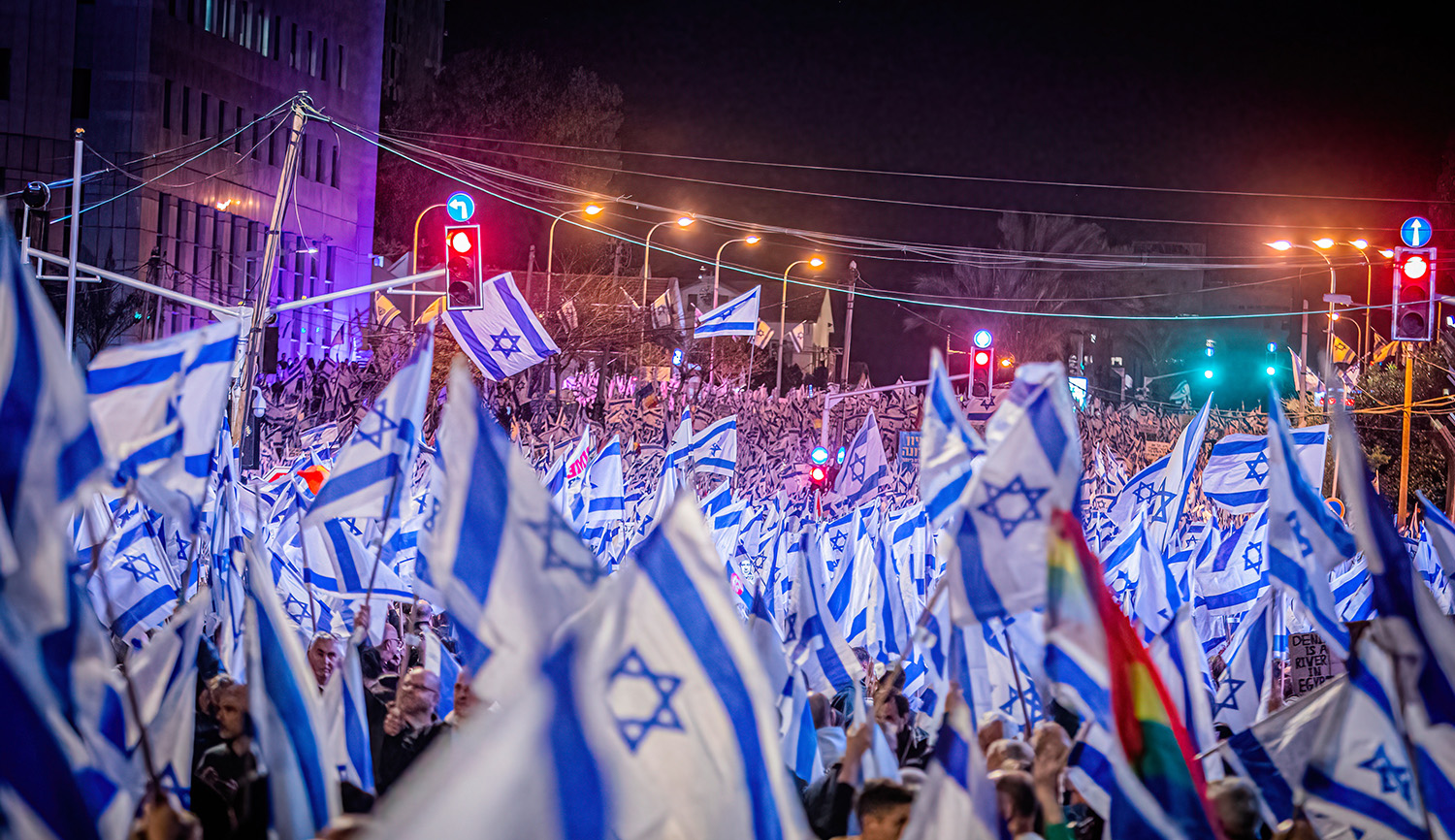The incessant attacks on Jerusalem’s light rail, and last week’s car-ramming attack that killed a three-month-old baby, are not disconnected incidents but the beginning of a third intifada, argues Nadav Shragai:
An intifada is breaking out in Jerusalem. Wednesday, October 22, was its 112th day. It may be a (semi) popular movement but it has long not been spontaneous. The disturbances and continuous attacks on Jews in Jerusalem’s periphery are organized and funded by elements identified with Fatah and Hamas. Many of the 900 arrested in this intifada enjoy legal defense funded by the Palestinian Authority. The huge number of incidents, more than 10,000, their wide distribution over Jerusalem’s periphery, their nature, the use of “cold weaponry,” such as stones, Molotov cocktails, and fireworks—are all reminiscent of the first intifada, which started in 1987.
This time there are no popular resistance committees, but many small organizations that operate on the neighborhood level. They all carry the slogans of a “popular resistance,” preached to them by the Palestinian Authority and its president, Mahmoud Abbas.
More about: Intifada, Mahmoud Abbas, Palestinian terror


